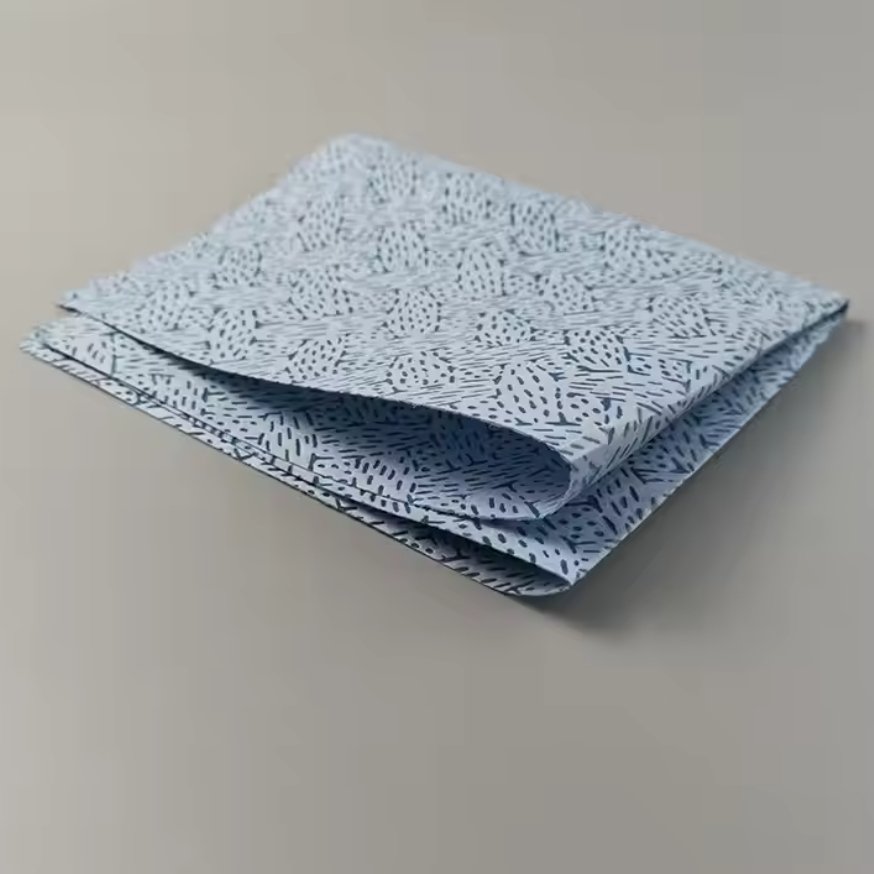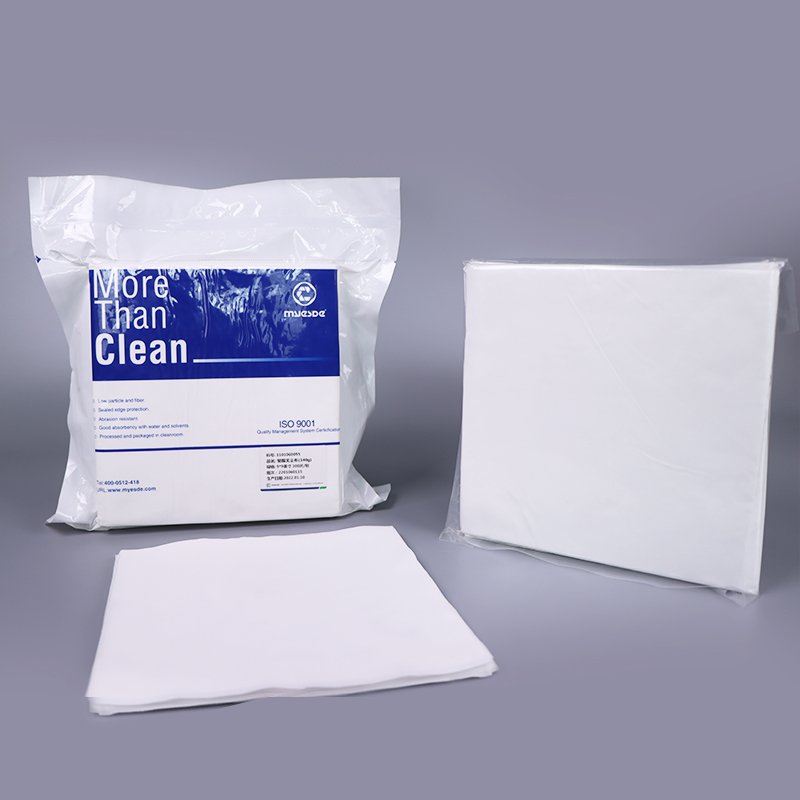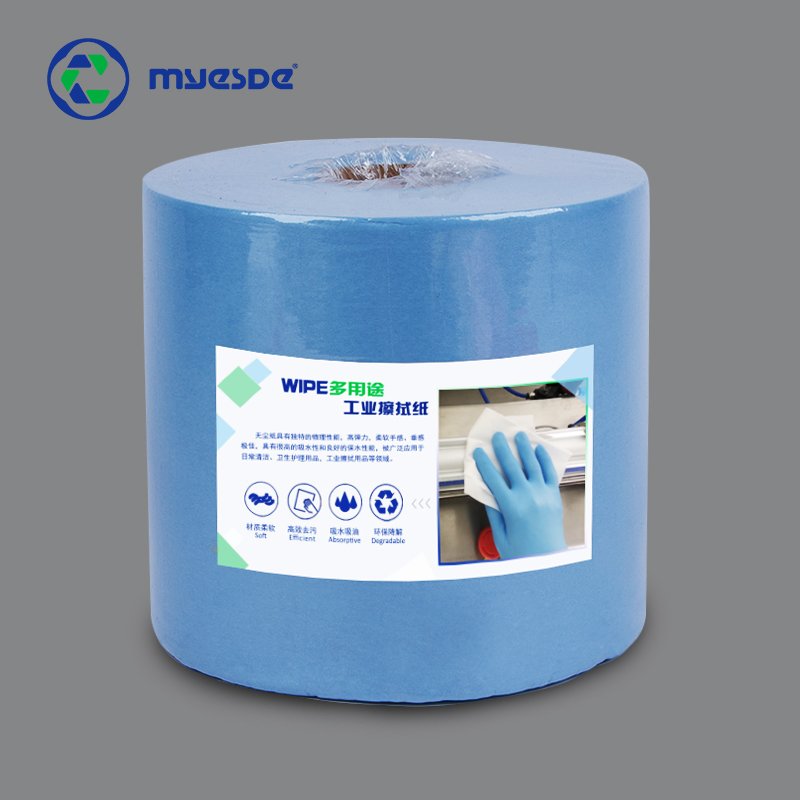Maintaining the cleanliness of wipes after production is just as important as controlling contamination during manufacturing. Even if the wipes are produced in an ISO Class 4 cleanroom, improper packaging can expose them to airborne particles, moisture, or chemical residues during storage and transport. Once contamination occurs, the wipes can no longer meet the required cleanliness level, which can affect the yield of high-precision production processes such as semiconductor fabrication or optical assembly.
Why Packaging Matters for Cleanroom Wipes
Cleanroom wipes are designed to remove microscopic particles, oil residues, and nonvolatile residues (NVR) from sensitive surfaces. However, their effectiveness depends on their initial cleanliness. During transportation, wipes face several external risks:
-
Air leakage that introduces particles and moisture;
-
Mechanical compression or vibration that weakens the seal;
-
Repeated handling that can puncture the packaging film.
These risks make packaging more than a simple form of containment — it becomes part of the contamination control process.
How Double Vacuum Packaging Works
Double vacuum packaging means that the wipes are vacuum-sealed twice — first in an inner primary vacuum bag, and then again in an outer secondary vacuum bag.
Each layer has a distinct purpose:
-
The inner vacuum maintains the micro-clean environment that matches production conditions.
-
The outer vacuum protects against damage or air leakage caused by logistics, storage, or operator handling.
When air is removed from both layers, the structure remains compact and stable. Even if the outer bag is slightly damaged, the inner layer keeps the wipes isolated from contaminants until they are opened inside the cleanroom.
Practical Example from Semiconductor Manufacturing
In semiconductor fabs, operators often transfer materials between different areas such as stockrooms, gowning rooms, and clean production zones. Wipes packed with a single vacuum layer may lose their tightness after long-term storage or multiple handlings. Once the vacuum is lost, micro-condensation can occur inside the bag, raising moisture levels and promoting NVR accumulation.
In contrast, wipes with double vacuum packaging maintain constant pressure and low humidity. Even if one layer is opened for sampling, the second layer ensures the remaining wipes stay clean and usable. This prevents unnecessary waste and ensures that each pack delivered to the line is as clean as it was on the day of production.
Advantages for Manufacturers and End Users
| Aspect | Single Vacuum Packaging | Double Vacuum Packaging |
|---|---|---|
| Air and moisture protection | Moderate | Excellent |
| Protection from handling damage | Limited | Strong |
| Shelf life | Shorter | Longer |
| Cleanliness after first opening | Easily affected | Maintained |
| Suitable for | General cleanroom use | Semiconductor, aerospace, optics, biotech |
Double vacuum packaging also simplifies quality control. Manufacturers can label both layers for traceability — for example, outer bag for batch tracking and inner bag for cleanliness certification. This system helps ensure that users can trace product conditions without breaking the sealed inner layer.
Summary
The cleanliness of wipes is not determined only in the cleanroom where they are made, but also in how they are protected afterward. Double vacuum packaging offers a stable, layered defense against contamination from air, moisture, and human handling.
For industries that demand the highest purity levels, such as semiconductor or precision optics manufacturing, it provides the reliability necessary to maintain consistent cleaning performance and product integrity throughout the entire supply chain.




